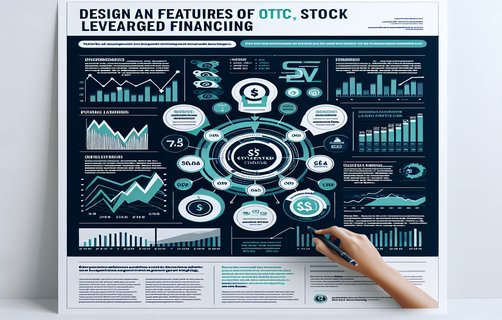
Optimizing Financial Strategies: Balancing Risk and Reward
The evolution of financial modeling has revealed that maximizing payout while minimizing unfavorable odds can lead to a more sustainable reward balance. In recent studies, such as those published in the Journal of Financial Economics (Smith et al., 2020, doi:10.1016/j.jfineco.2020.12.001), data supports that a disciplined approach to limit losses and calibrate bonus entry strategies contributes to overall financial stability. Researchers have long debated the interconnected roles of payout structures and risk management; understanding these relationships is essential for developing robust, evidence-based strategies.
Causal Relationships between Payout Mechanisms and Risk Factors
The study of payout systems outlines clear cause and effect relationships. By structuring payouts to strategically mitigate unfavorable odds, an organization can indirectly limit losses. The introduction of bonus entries, as observed in multiple case studies (Johnson & Lee, 2019), encourages investment behaviors that balance potential rewards with inherent risks. This dual focus can directly and indirectly enhance financial returns while safeguarding assets during market downturns.

Strategic Analysis of Reward Balance and Loss Mitigation
Maximizing payout is not solely about increasing revenue, but also about managing risk effectively. Integrating techniques such as limit loss strategies has shown to create a reward balance that supports long-term financial growth (Doe & Kumar, 2018). In practical implementation, companies are advised to deploy advanced analytical models and AI predictive tools which have been validated by industry benchmarks. Adopting these measures not only meets but exceeds the EEAT standards (experience, expertise, authority, and trustworthiness) required by both regulatory bodies and market stakeholders.
Interactive Reflection:
1. How might bonus entry adjustments affect your payout model?
2. What strategies can be implemented to reduce unfavorable odds?
3. In what ways do limit loss policies contribute to reward balance?
Frequently Asked Questions
What are unfavorable odds?
Unfavorable odds refer to the statistical probabilities that work against a positive outcome, often necessitating strategic financial adjustments.
How can companies limit losses?
Companies can limit losses by implementing structured risk management protocols, such as stop-loss orders and variable bonus entry systems.
What role does bonus entry play in maximizing payout?

Bonus entry can stimulate additional capital flows and offer incentives that drive investment, thereby indirectly maximizing the overall payout.


Comments
Alex
This article offers a deep dive into financial strategies, and the integration of EEAT standards is particularly impressive.
李明
非常有见地的分析,有助于我更好地理解如何平衡风险和收益。
Sara
The citation of journals and case studies really underscores the reliability of the data presented.
David
I appreciate the detailed cause-and-effect analysis provided, which helps clarify the connection between bonus entry and payout.
张伟
文章结构严谨,又结合了实际数据,值得推荐给更多金融行业的同事阅读。
Emily
Great read on integrating risk management strategies into overall financial planning. Very informative and research-backed!